A wave measuring almost five feet hit Ciutadella on the west coast of Menorca in the early hours of Monday morning.
Nearby beaches were also flooded by the meteotsunami, called a rissaga in Catalan Spanish.
These are large, tsunami-like waves are triggered by disturbances in air pressure caused by fast-moving weather events, like thunderstorms.
Meteotsunami have been recorded reaching heights of 6ft (1.8m) or more.
Beaches, bars and terraces in Majorca and Minorca were swallowed by the five-foot tsunami
The freak weather phenomenon also affected holiday resorts in Majorca, with seawater flooding bars and terraces by the coast in Andratx and covering beachside roads.
Boat owners in the resort on Majorca's south west coast were filmed desperately trying to protect their boats, with the footage shared widely on social media.
The strong current broke the ropes of a historic sailing boat used by the Majorca Island Council, which had to be rescued by sailors and brought back to port as it drifted out to sea.
There were no reports of any injuries and the meteotsunami occurred when the beaches were largely empty before holidaymakers started to arrive for their daily dose of sun.
Meteotsunamis, also known as meteorological tsunamis, are tsunami-like waves generated by rapid changes in barometric pressure.
Scientists are only beginning to understand the meteorological phenomenon.
Meteotsunamis have been observed in a number of places around the world, including the Mediterranean and Adriatic Seas, Gulf of Mexico, and Atlantic Coast.
A meteotsunami that struck Nagasaki Bay, on the island of Kyūshū in March 1979 killed three people.
Last summer, one of the towering waves was filming crashing into the Netherlands, catching beachgoers off guard.
Beach chairs, boats and parasols were swept all away by the waves.
Identifying a meteotsunami presents a unique set of challenges to scientists, since the characteristics of these waves are so similar to other meteorological phenomenon, including tsunamis.
Meteotsunamis can also easily be confused with a wind-driven storm surge or a seiche, which is a standing wave in an enclosed or partially enclosed body of water.
According to the United States National Oceanic and Atmospheric Administration (NOAA), these uncertainties make it difficult to predict a meteotsunami and warn the public of a potential event.
However, scientists are working to pinpoint the exact atmospheric conditions which are most likely to generate a meteotsunami in an effort to improve advance warnings.
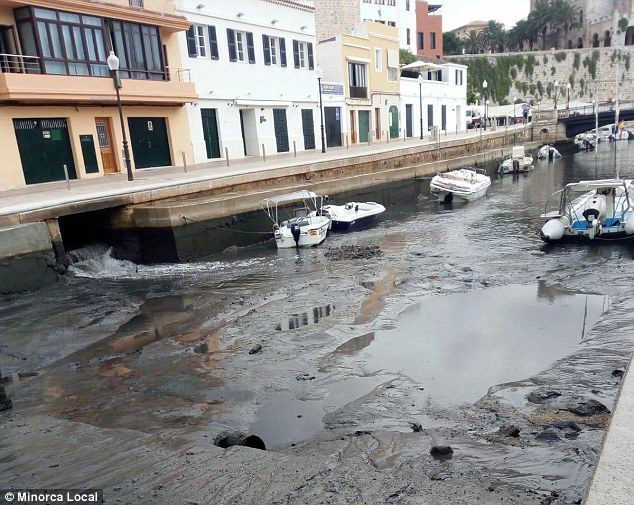
WHAT IS A METEOTSUNAMI?
You've probably already heard of a tsunami - a series of enormous waves created by a disturbance in the ocean, like an earthquake.
Meteotsunamis are similarly large waves, however, these are not triggered by seismic activity on the ocean floor.
Instead, meteotsunamis are driven by air-pressure disturbances linked with fast-moving weather events, like severe thunderstorms.
The storm front generates the wave, which moves towards the coast, where it is amplified by a shallow continental shelf, inlet or bay.
Scientists are only just starting to understand meteotsunamis.
The waves have been observed to reach heights of 6ft (1.8m) or more.
Meteotsunamis occur in a number of places around the world, including the Great Lakes, Gulf of Mexico, Atlantic Coast, Mediterranean and Adriatic Seas.
Identifying a meteotsunami presents a unique set of challenges to scientists, since the characteristics of these waves are so similar to other meteorological phenomenon, including tsunamis.
It can also easily be confused with wind-driven storm surges or a seiche, which is a standing wave in an enclosed or partially enclosed body of water.
According to the United States National Oceanic and Atmospheric Administration (NOAA), these uncertainties make it difficult to predict a meteotsunami and warn the public of a potential event.
However, scientists are working to pinpoint the exact atmospheric conditions which are most likely to generate a meteotsunami in an effort to improve advance warnings.
Source: NOAA
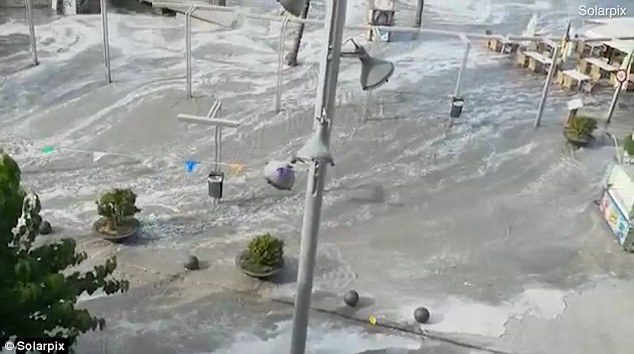
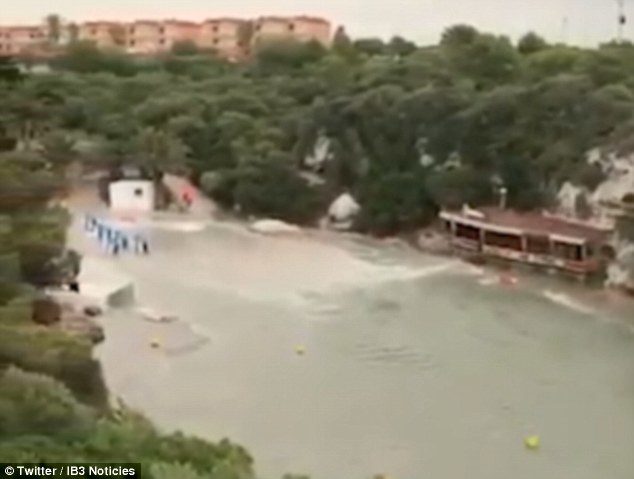
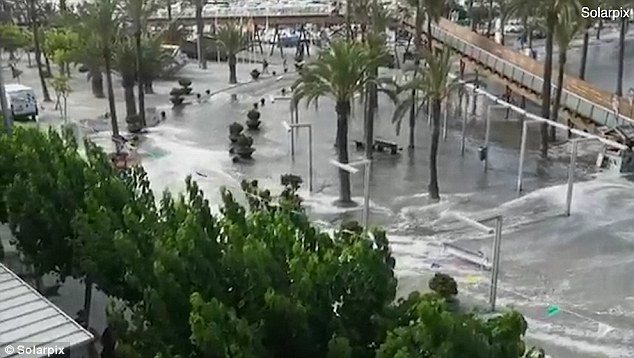
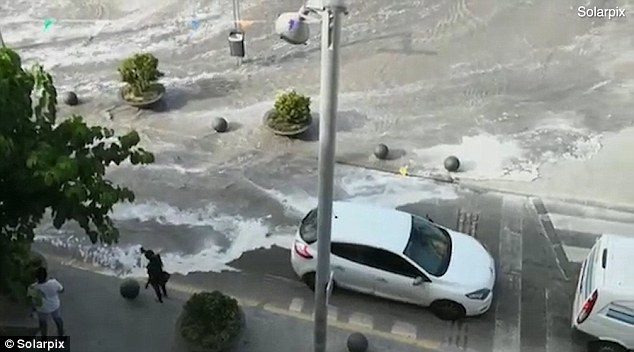
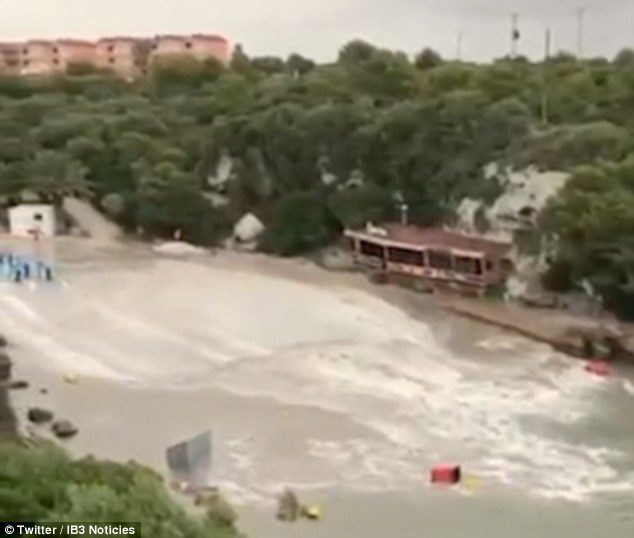
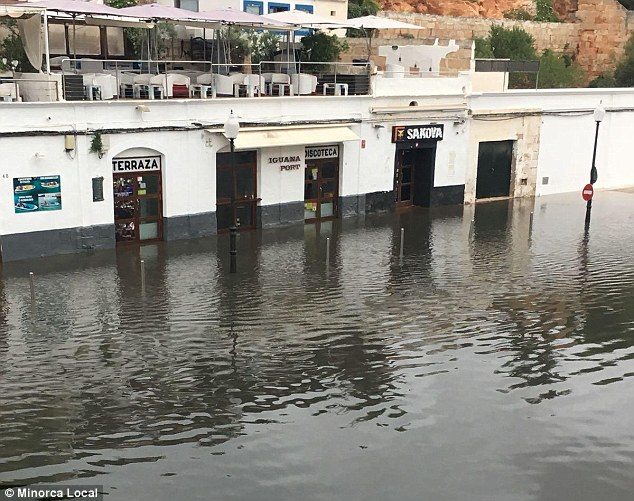
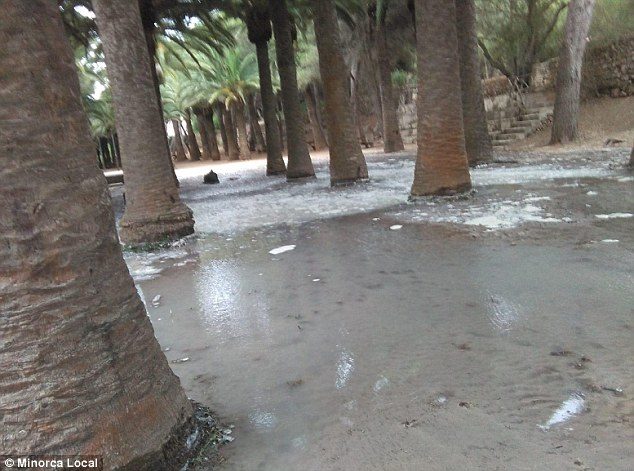



Is it that the 5' wave is simply the leading edge of a massive influx of water (like a bore tide)?